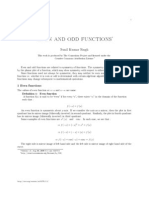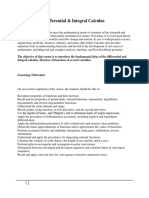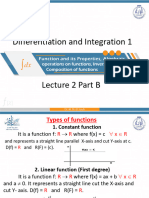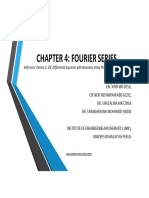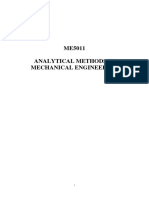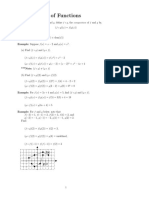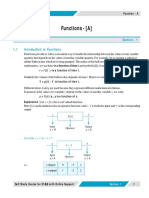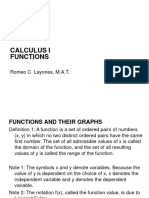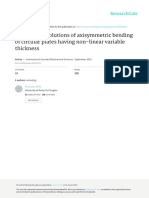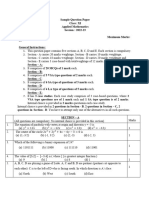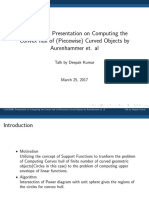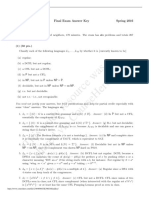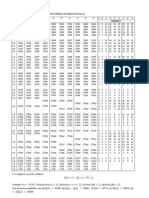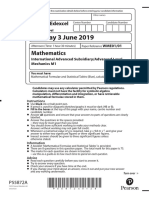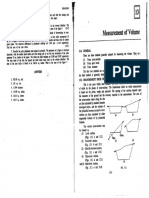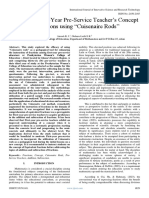0% found this document useful (0 votes)
29 views20 pagesG1 Practice 1st Functions
The document covers various mathematical functions and their properties, including calculations of inverse trigonometric functions and compositions of functions. It also discusses the characteristics of odd and even functions, including their behavior under addition, subtraction, multiplication, division, and composition. Additionally, it provides examples and solutions related to these concepts.
Uploaded by
Anderson xiaoCopyright
© © All Rights Reserved
We take content rights seriously. If you suspect this is your content, claim it here.
Available Formats
Download as PDF, TXT or read online on Scribd
0% found this document useful (0 votes)
29 views20 pagesG1 Practice 1st Functions
The document covers various mathematical functions and their properties, including calculations of inverse trigonometric functions and compositions of functions. It also discusses the characteristics of odd and even functions, including their behavior under addition, subtraction, multiplication, division, and composition. Additionally, it provides examples and solutions related to these concepts.
Uploaded by
Anderson xiaoCopyright
© © All Rights Reserved
We take content rights seriously. If you suspect this is your content, claim it here.
Available Formats
Download as PDF, TXT or read online on Scribd
/ 20
